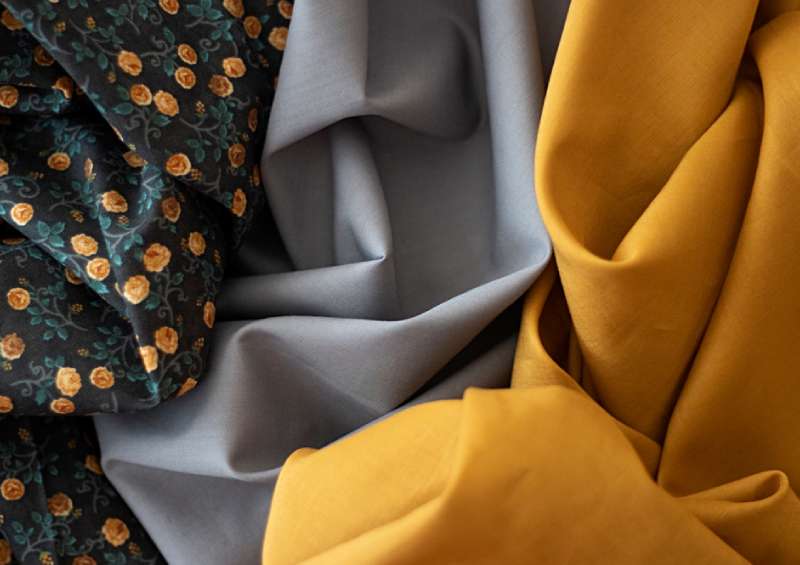India’s Textile & Garment Exports Sluggish Despite FTAs

India’s exports from labour-intensive sectors such as textiles, garments, gems and jewellery, and leather have been sluggish despite free trade agreements (FTAs).
“The rise of efficient suppliers in China, Vietnam, and Bangladesh has contributed to a decline in India’s market share in global trade,” a recent Global Trade Research Initiative (GTRI) report reveals.
The ongoing fiscal year has seen an overall decline in goods exports, largely due to a slowdown in demand from Western countries, important consumers of Indian textile and jewellery.
The GTRI report highlights that non-tariff barriers (NTBs) imposed by consumer nations are major obstacles to growth in these sectors.
“India should leverage ongoing FTA negotiations to eliminate such barriers. NTBs are trade restrictions, such as regulations or quotas, which limit imports without tariffs,” the report said.
While signing FTAs with developed nations such as the UK, GTRI cautions that simply signing the agreement may not immediately boost India’s labour-intensive goods exports.
A case in point is India’s apparel exports to Japan, where eliminating duties through an FTA failed to deliver the expected gains.
“One reason is fierce competition from countries like China, Vietnam, and Bangladesh, which possess more efficient supply chains,” the report observed.
Developed countries with higher per capita income tend to prefer high-fashion branded apparel produced on a larger scale.
India’s export of mixed synthetics to developed countries constitutes less than 40 percent of their overall apparel consumption, underling need for India to adapt to changing consumer preferences.
According to the Federation of Indian Export Organisations (FIEO), the declining trend in India’s global market share across labour-intensive sectors over the past five years is a cause for concern.
FIEO has suggested that India’s recent export growth can mainly be attributed to rerouting crude oil trade routes via the country to Europe but cautions against relying on this trend.
“To revive exports and capture a larger share in labour-intensive sectors, India must address non-tariff barriers and invest in improving productivity and efficiency in its industries,” the report observed.
















